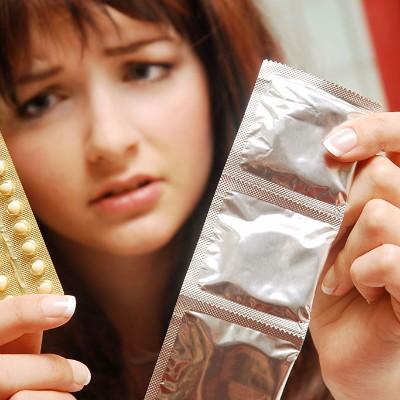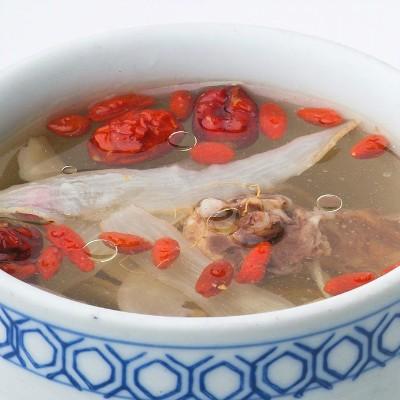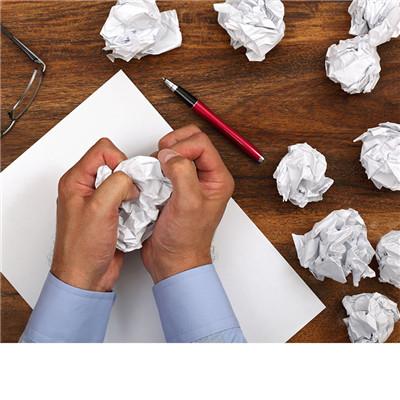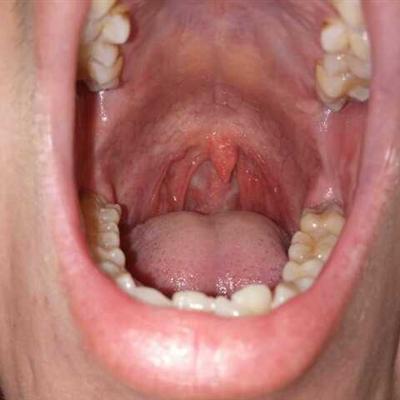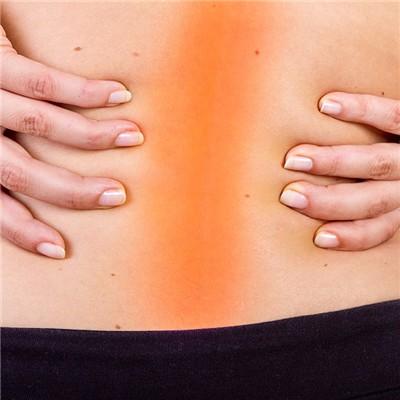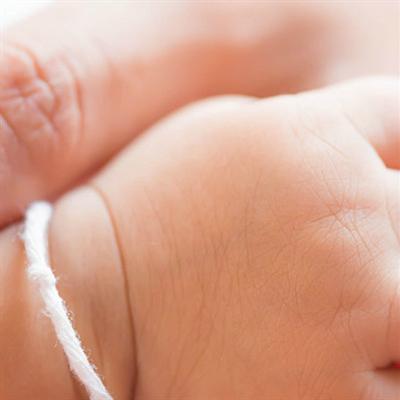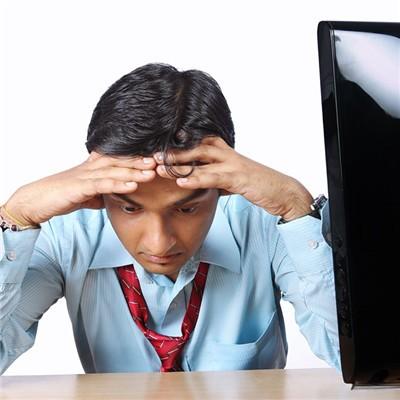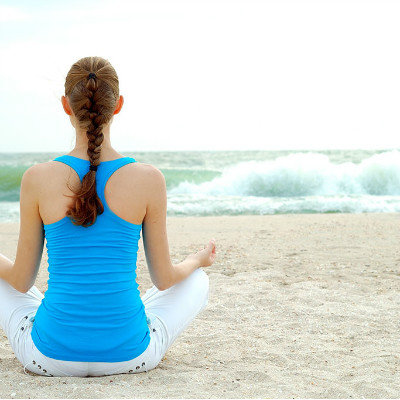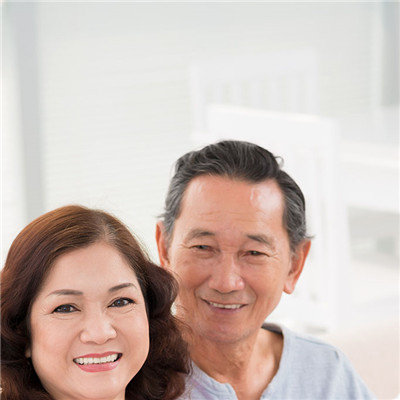Symptoms and treatment of diabetes
summary
The symptoms of diabetes can be divided into two categories: one is related to metabolic disorders, especially the "three more and less" related to hyperglycemia, which is more common in type 1 diabetes mellitus. Type 2 diabetes mellitus is often not very obvious or only partially manifested. The other is the manifestation of various acute and chronic complications. Let's talk about the symptoms and treatment of diabetes.
Symptoms and treatment of diabetes
1. Polyuria is due to high blood glucose, which exceeds the renal glucose threshold (8.89-10.0mmol / L). The glucose filtered out of the glomerulus can not be completely reabsorbed by the renal tubules, resulting in osmotic diuresis. The higher the blood glucose is, the more urine glucose is excreted and the more urine volume is. The 24-hour urine volume can reach 5000-10000ml. However, in the elderly and those with kidney diseases, the renal glucose threshold is increased and the urine glucose excretion is impaired. When the blood glucose is slightly or moderately increased, the urine glucose is increased, Polyuria is not obvious.
2. Polydipsia is mainly due to hyperglycemia which makes the plasma osmotic pressure increase significantly. In addition, polyuria and excessive water loss lead to intracellular dehydration and aggravate hyperglycemia, which further increases the plasma osmotic pressure and stimulates the thirsty center, resulting in polydipsia due to thirst. Polydipsia further aggravates polyuria.
3. The mechanism of polyphagia is not very clear, most scholars tend to be caused by the decrease of glucose utilization rate (the difference of glucose concentration in arteriovenous blood before and after entering and leaving the tissue cells). The difference of glucose concentration in arteriovenous blood of normal people decreases when they are fasting, which stimulates the feeding center and produces hunger. After feeding, the blood glucose rises, and the difference of glucose concentration in arteriovenous blood increases (greater than 0.829 mmol / L), The feeding center is inhibited, the satiety center is excited, and the requirement of feeding disappears. However, due to the absolute or relative lack of insulin or the tissue is not sensitive to insulin, the ability of tissue to absorb and utilize glucose decreases. Although the blood glucose is at a high level, the concentration difference of glucose in the arterial and venous blood is very small, and the tissue cells are actually in a "hungry state", thus stimulating the feeding center, In addition, the body can not make full use of glucose, a large amount of glucose excreted from the urine, so the body is actually in a semi hungry state, lack of energy also causes hyperappetite.
matters needing attention
Vegetables are the main, wild vegetables are the best, coarse grains are 2 liang a day. Stir fry with less salt and oil. The main food can be vegetable soup
